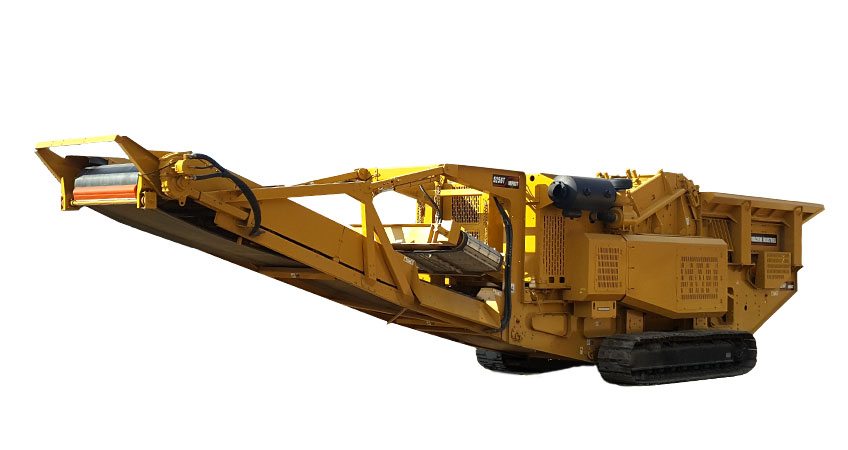The current market offers a diversity of crushers to suit any needs. Eventually, all of the equipment is designed for two primary purposes – to decrease the rock size, and supply the market with new-made products, such as gravel. For instance, our rock crusher works well with harsh and brittle materials. It can process either concrete, granite, limestone, asphalt, etc. Check out the article below to explore how many types of crushers are there.
Different types of rock crushers: what to know?
All rock crushers can be divided into two primary categories – compressive and impact appliances. The former kind works by pressing the rock until it breaks, and the second kind uses immediate impacts to process the material. After all, different types of rock crushers suit other purposes and crushing stages. Let’s take a closer look at the types of crushers that belong to this classification:
1. Jaw crushers
Jaw crushers are initially compressive appliances that are widespread as primary equipment. They operate to reduce the size of materials to sufficiently small, and then they will be transferred to the further crushing phases. Jaw crushers incorporate both stable and moving jaws to crush rocks while the material runs between them during processing. In addition, these crushers come in two types – single toggle and double toggle. Single toggle jaw crushers feature shaft and toggle plate rotation to perform compression movements. At the same time, double toggle machines have two toggle plates and shafts.
2. Cone crushers
One type of rock crusher that belongs to compressive appliances is a cone crusher. These crushers are standard in secondary and further crushing stages. The rock is crushed between the moving mantle and a fixed bowl liner in the appliance’s cavity. Once the continuous compression between the liners occurs, it eventually causes material fragmentation.
3. Gyratory crushers
Gyratory crushers are one of the compressive types of stone crushers widespread in secondary crushing stages, occasionally in primary ones. These appliances are similar to cone crushers, as the material is processed in the cavity, between the external moving technology and stable internal technology. The crushing effect results from continuous compression, while the additional crushing occurs due to the effort of compressed elements. Apart from that, technicians are able to regulate the gradation of rock that is processed in a gyratory machine since instruments come with a hydraulic adjustment technology.
4. Impact crushers
Impact crushers are distinctive from compressive machines, and they can be applied to any crushing stage. These versatile appliances are classified according to their features and capabilities – there are horizontal shaft impact and vertical shaft impact crushers. The first type reduces the material size at the expense of intensive implications due to the fast rotation of the machine’s elements. On the other hand, the operation of vertical shaft impact machines is associated with material colliding with another and rock hits of the external body at high speeds.

